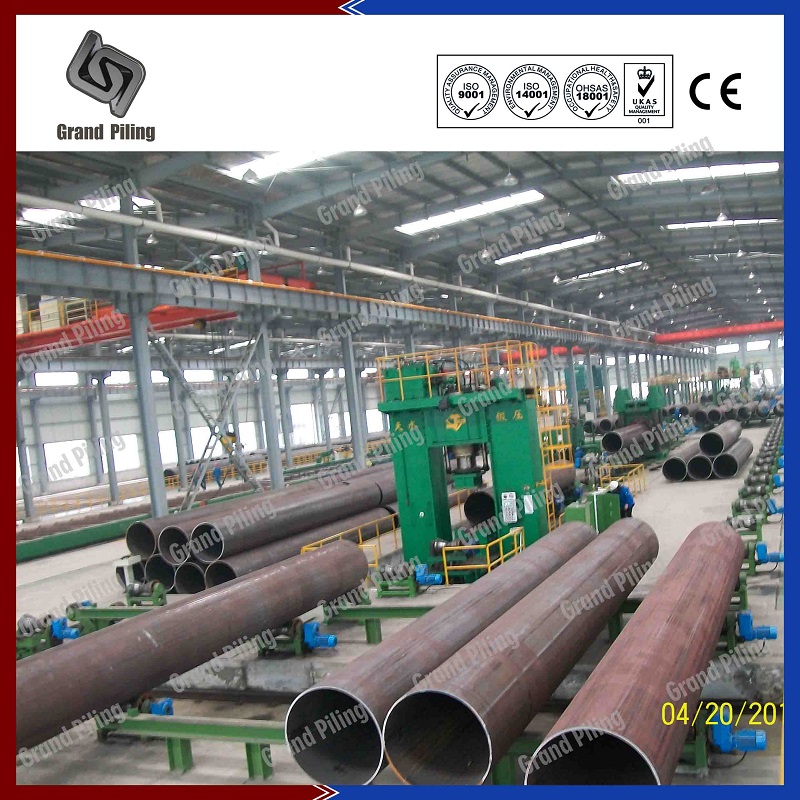

Since the applied load is known, the number of piles can be calculated.īored piles are constructed as single piles or group piles based on the applied loads. Then the minimum of those values is taken as the capacity of the pile. Depending on the nature of the load and amount of the load, depth of embedment in the rock will vary.įurther, number of piles required to support a column depends on the capacity of the pile and the applied load.įirstly, we find the geotechnical capacity and the structural capacity of the pile.

In majority of structures constructed from pile foundations, board pile can be observed. The most commonly and widely used type of pile. This categorization was made based on the type of material used in the construction of pile and based on the nature of the construction.

Excessive vibration could cause damages to adjoin properties. Limitation of the vibrations and sound levels shall be checked.Clearances from the boundaries shall be checked.

Accessibility to the site shall be checked.The cost of construction is also a major factor considered when selecting piles as a supporting system.RQD and CR values determined from borehole investigation are highly influential on the pile capacities.
#Tubular king pile foundation system giken wallap skin#
When there are soil layers like peat, negative skin friction needs to be considered in the geotechnical design of the pile. Depending on the nature of the soil, the skin friction will be varying. we need piles.įactors affecting Design and Construction of Pile Foundations
When vertical loads are very high, especially in tall buildings, soil bearing capacity is not adequate to carry such loads. An inclined pile will be constructed to carry both the compression and tensile forces. To carry lateral loads (compression) applied to the foundation. Piles can be anchored into the rock to carry tensile forces. To carry the tensile forces applied to the foundation. When there are week soil layers such as peat presents in the soil. When the vertical loads applied on the foundation can not be carried by shallow foundations due to low bearing capacity. Why When Piles Need to Support the Structure Soil skin friction (positive and negative), skin friction of the weathered rock, skin friction in the rock, and end bearing of the rock are considered in the design. However, in the pile foundations, different methods and different parameters are used. The capacity of the soil is represented as allowable bearing capacity and if the applied pressure is less than the allowable bearing pressure, the geotechnical design is ok. The shallow foundations rest on the ground and they transfer the vertical loads directly to the soil. It is a type of foundation that constructed deep into the ground and mostly circular sections are used in the construction. Let’s start with understanding… What is a Pile Foundation? We concentrate on following the main topics in this article. Depending on the nature of the structure and due to the more reasons, selection of pile foundations is made as discussed in the article. Pile foundations are constructed when it is not possible to build the structure on shallow foundations.








 0 kommentar(er)
0 kommentar(er)
